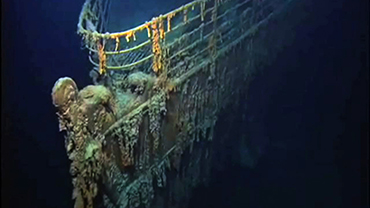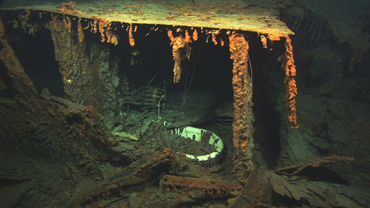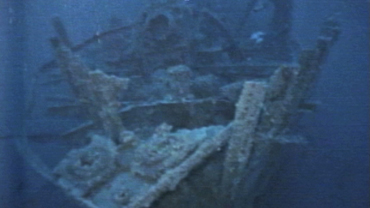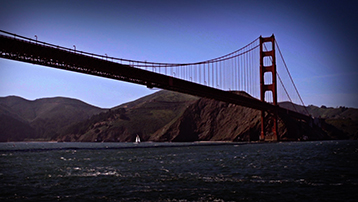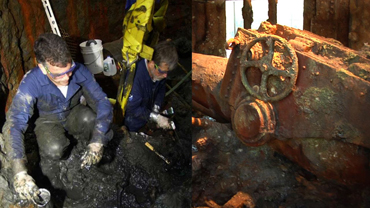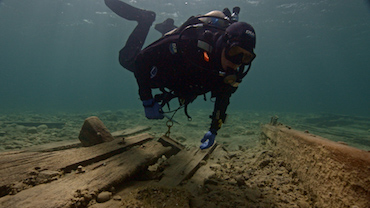Transcript
NARRATOR:
North Carolina… twenty miles offshore… over a hundred feet deep – An underwater graveyard of WWII.
The notorious German submarine, the U701, rests on the ocean floor. This Nazi vessel was sunk by Army aircraft during a fierce campaign known as the Battle of the Atlantic.
In August 2009, a NOAA-led research expedition in nearby waters discovered another victim of the deadly battle. This time, it’s a US yard patrol boat – the YP 389. This fishing trawler was one of many drafted by the Navy and converted into a coastal patrol boat. And like many others, it was sunk by the overpowering U701.
The YP389 was located and identified using advanced tools such as multibeam sonar, and underwater cameras mounted on a remotely operated vehicle. With the loss of six sailors onboard, the YP389 wreck site is considered a war grave and is protected from disturbance by US and international law.
At other sites, scientists measure and photograph wreckage, helping us reconstruct details of the military vessels used in the war. Overtime, these shipwrecks face deterioration and decay, and so research expeditions continue to work to document and preserve these historic sites.
Every shipwreck is a window to the past, telling the story of our nation’s maritime history, and giving us new insights on commerce, shipping, and war. Spread throughout the ocean floor, more shipwrecks are awaiting to be discovered, to rise from their watery graves, and relive the glory of their battle days.
 An official website of the United States government.
Here's how you know we're official.
An official website of the United States government.
Here's how you know we're official.


